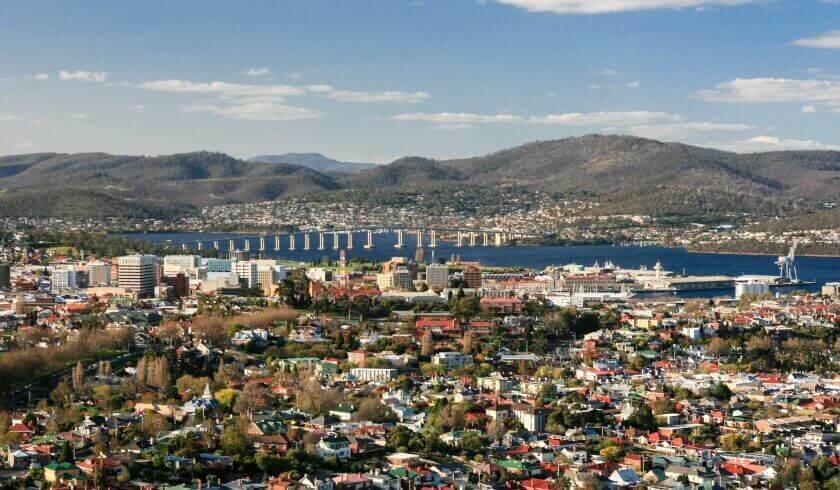Tasmania market activity back to pre-COVID levels
Market activity has returned to pre-COVID levels, bringing the state on the road to achieve a ninth successive record year of accumulated sales value, which could grow to $4.1 billion this year.

House sales numbers and median prices across all major population centres increased in number over the September quarter, with greater Hobart’s median price growing to $545,000, Launceston to $383,500 and the north-west centres to $330,000, according to the data from the Real Estate Institute of Tasmania’s (REIT) September quarterly report.
Million-dollar sales were up by 24 per cent on last year to 163 sales, with local buyers responsible for 82.8 per cent of these acquisitions.
Devonport recorded the highest number of sales for the quarter at 64, with a median price of $330,500. Launceston, on the other hand, was the highest-performing municipality across the state with 344 sales.
The most affordable suburbs are located in the north-west, with Roseberry and Queenstown recording median sale prices around $100,000.
The rental market also continued to perform, with vacancy rates holding steady.
Median rents for houses increased across Tasmania, with Hobart rents rising by 2.2 per cent rise to $450 per week for a three-bedroom home: Launceston rents by 1.9 per cent to $360 per week; and north-west rents by 2.5 per cent to $310 per week.
Supply and demand
During the September quarter, Tasmania saw 2,959 property sales worth $1.1 billion, representative of a 39.8 per cent increase in transactions from the June quarter.
House sales were up 32 per cent to 1,807, while sales of units and townhouses were up 39.1 per cent to 388 and land sales by a massive 70.1 per cent to 723.
First home buyer (FHB) sales increased by 48.4 per cent over the quarter to 518 sales. Of the 518 sales, 301 were acquired homes, 69 were units, and 148 were land. Meanwhile, acquisitions by investors increased by 43 per cent to 419 sales; however, this is still below previous year’s averages.
As a result of restriction brought about by the pandemic, interstate buyers continue to maintain a low profile, acquiring just 290 properties – that is, 70.7 per cent below pre-COVID-19 levels.
Meanwhile, mainland buyers, who traditionally represent 20 to 23 per cent of total sales, now only represent 9.8 per cent.
Like most of the world, Tasmania truly felt the severe impact of COVID-19 on its property market. In fact, all regions continue to suffer from an acute shortage of properties to sell, according to REIT.
With interstate buyers choosing to sit on their hands at the moment, the Tasmanian real estate market has been driven by local buyers who accounted for more than 90 per cent of all transactions.
“Strong buyer demand and a lack of stock to fill their need will continue to put upward pressure on prices,” according to REIT.
As a result of higher prices, many buyers have given up on trying to find an established home and have turned to buying vacant land in the hope of building the home they want. This year, there were 1,705 land sales across Tasmania, which points to a bright future for the building industry.
However, the decrease in investment in rental property could very well place pressure on the already overwhelmed resource, proving that the legislative COVID-19 protections for tenants have severely impacted investment in the rental market.
Still, REIT remains hopeful for Tasmania’s future as properties continue to receive the highest number of viewings of any state, indicating that they could have an influx of people looking to migrate or invest across the state in the near future.
“There is no evidence to suggest that prices on owner-occupied property will decrease in the immediate future. We have a strong, confident and resilient market and remain positive on the future ahead,” according to REIT.
